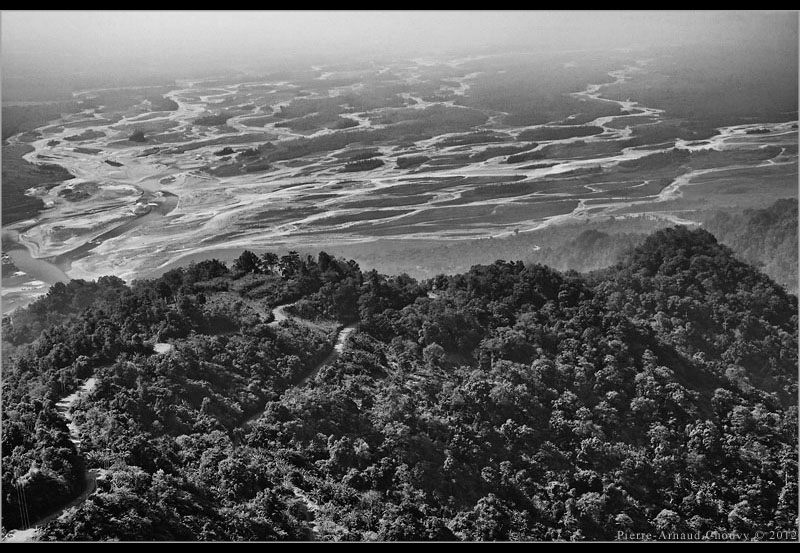Categories
- Africa (147)
- Cape Verde (14)
- Morocco (133)
- Americas (90)
- USA (90)
- Detroit (21)
- Grand Teton (1)
- Michigan (54)
- New York (2)
- Yellowstone (10)
- USA (90)
- Art (13)
- Asia (425)
- B&W (149)
- Body (35)
- Drone photography (7)
- Europe (397)
- Fauna (31)
- Flora (176)
- Cannabis (42)
- Opium / Poppy (24)
- Landscape (448)
- Macro (22)
- Middle East (6)
- People (433)
- Sepia (2)
- Sport (51)
- Climbing (42)
- Still life (113)
- Strobist (flash) (15)
- Uncategorized (3)
- Urban (203)
- Architecture (62)
Shot Notes
ENG: The Lohit River is a river in Arunachal Pradesh. It is a tributary to the Brahmaputra River. The Lohit River rises in eastern Tibet, in the Zayal Chu range and surges through Arunachal Pradesh for two hundred kilometers, before disgorging itself in the plains of Assam. Tempestuous and turbulent, and known as the river of blood, only partly attributable to the lateritic soil, it flows through the Mishmi Hills, to meet the Siang at the head of the Brahmaputra valley. The Mishmis hold sway in the hills. In the plains are the Khamptis and the Singphos, fervent Buddhists and migrants from across the Patkai hills from Burma. As the Lohit journeys through, Tibetan theology gives way to animist belief, in turn replaced by Theravada Buddhism and then by Hindu temples as Tibet, south East Asia and the Indian sub-continent mix and merge. Lohit district, Arunachal Pradesh, India.
FR: La rivière Lohit coule en Arunachal Pradesh et est un affluent du Brahmapoutre. La Lohit prend sa source dans l’est du Tibet, dans la chaîne du Zayal Chu, et percé l’Arunachal Pradesh sur 200 kms avant que son lit ne s’élargisse dans les plaines d’Assam. Impétueuse et agitée, connue comme la rivière de sang, notamment dû à sa turbidité latéritique, elle coule à travers les collines mishmi pour se jeter dans le Siang, en amojt de la vallée du Brahmapoutre. Les Mishmi peuplent les collines et montagnes de la Lohit et les Khamti et les Singpho, bouddhistes de langue taï originaires de Birmanie, de l’autre côté du massif des Patkai. La Lohit, trait d’union entre le Tibet, l’Asie du Sud-Est et le sous-continent indien, voit se succéder bouddhisme tibétain, animisme et enfin bouddhisme theravada et hindouisme. District de Lohit, Arunachal Pradesh, Inde.
Category: Asia • B&W • Forest • India • Landscape • Mountain • River
Image URL: http://photo-tropism.com/blog/landscape/the-lohit-river/

